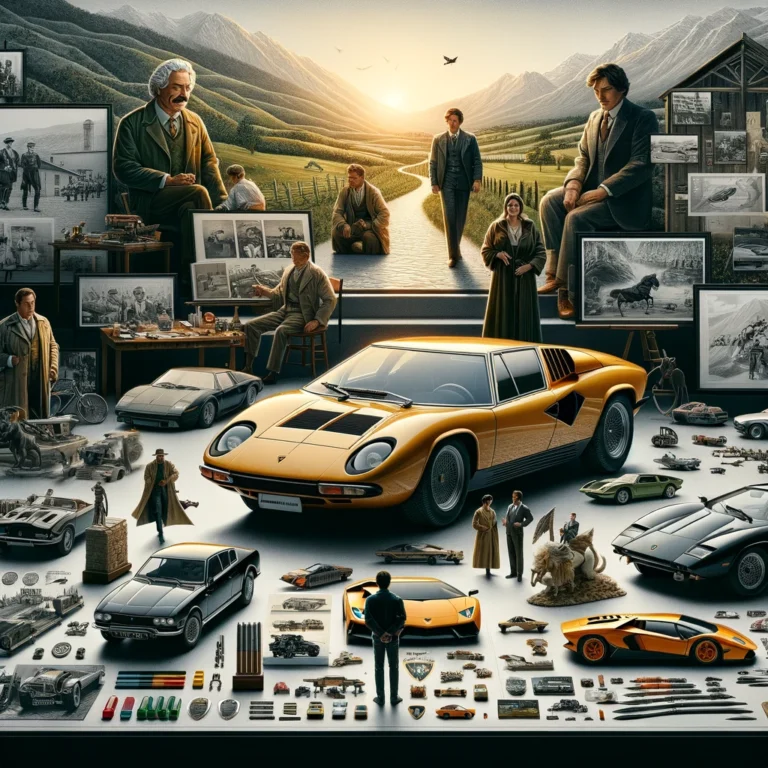Founding and Early Years
Automobili Lamborghini S.p.A. was officially founded on May 7, 1963, by Italian manufacturing magnate Ferruccio Lamborghini. Initially, Ferruccio was known for his successful tractor manufacturing business, Lamborghini Trattori, established after World War II. Lamborghini decided to venture into automobile manufacturing with the ambition to create a refined grand touring car that could compete with established marques such as Ferrari. The company’s first production model, the 350 GT, was introduced in 1964, featuring a V12 engine designed by Giotto Bizzarrini. The car was well-received and set the stage for Lamborghini’s future in the high-performance automotive market.
The Miura and Early Success
Lamborghini’s reputation was solidified with the introduction of the Miura in 1966, designed by Marcello Gandini. The Miura featured a mid-engine layout, which became the standard for high-performance sports cars. The success of the Miura positioned Lamborghini as a leader in the supercar segment and established the brand’s legacy for innovative and bold designs.
Challenges and Ownership Changes
The 1970s brought financial difficulties for Lamborghini, largely due to the oil crisis and economic downturn. Ferruccio Lamborghini sold the company in 1974, and it changed ownership several times. The brand faced bankruptcy in 1978, but it was rescued by Swiss investors Jean-Claude and Patrick Mimran in 1980. Under their management, Lamborghini introduced new models like the Countach, which further cemented its status as an iconic supercar manufacturer.
The Chrysler Era and Continued Innovation
In 1987, Lamborghini was acquired by the Chrysler Corporation. During this period, the company introduced the Diablo, which replaced the Countach as the flagship model. Chrysler sold Lamborghini to Indonesian investors in 1994, and eventually, in 1998, it was acquired by the Volkswagen Group, where it was placed under the control of Audi.
Modern Era and Technological Advancements
Under Audi’s management, Lamborghini continued to thrive, introducing several successful models such as the Murciélago, Gallardo, Aventador, and Huracán. The company also ventured into the SUV market with the Urus, combining luxury, performance, and practicality. Lamborghini has consistently embraced technological advancements, incorporating carbon fiber materials and hybrid technology in its vehicles. The introduction of the Sián FKP 37, Lamborghini’s first hybrid supercar, marks a significant step towards sustainability and innovation.
From its inception in 1963 to its current status as a global leader in luxury and performance, Lamborghini’s journey is a testament to its commitment to innovation, design, and engineering excellence. The brand continues to push the boundaries of what is possible in the automotive world, maintaining its position as a symbol of prestige and high performance.

